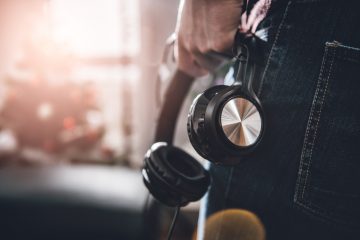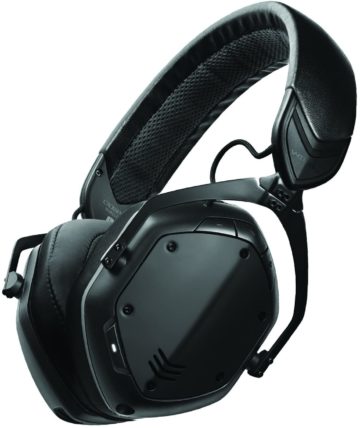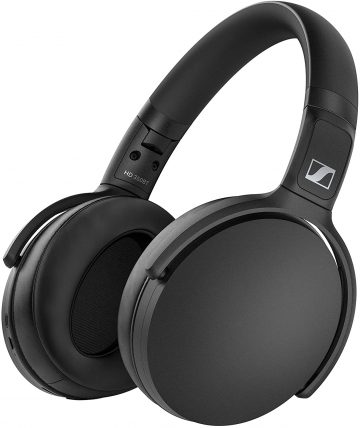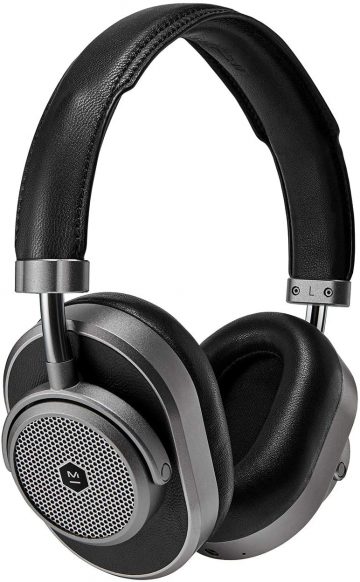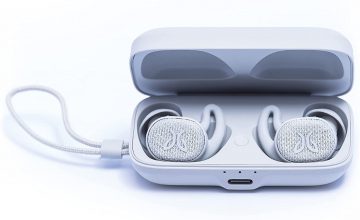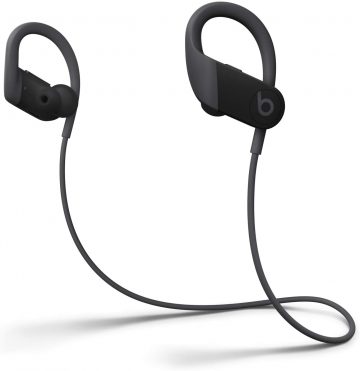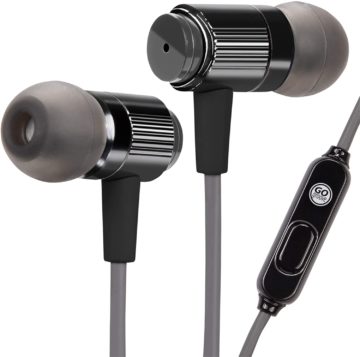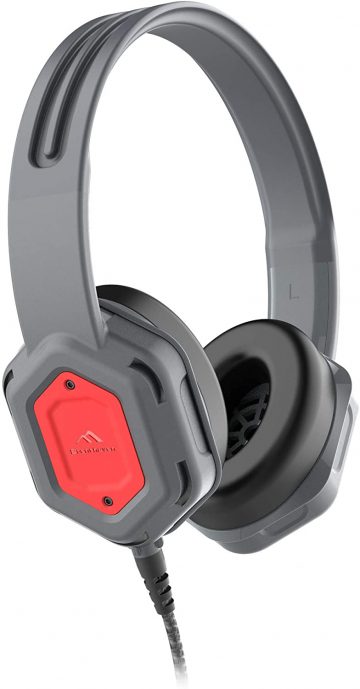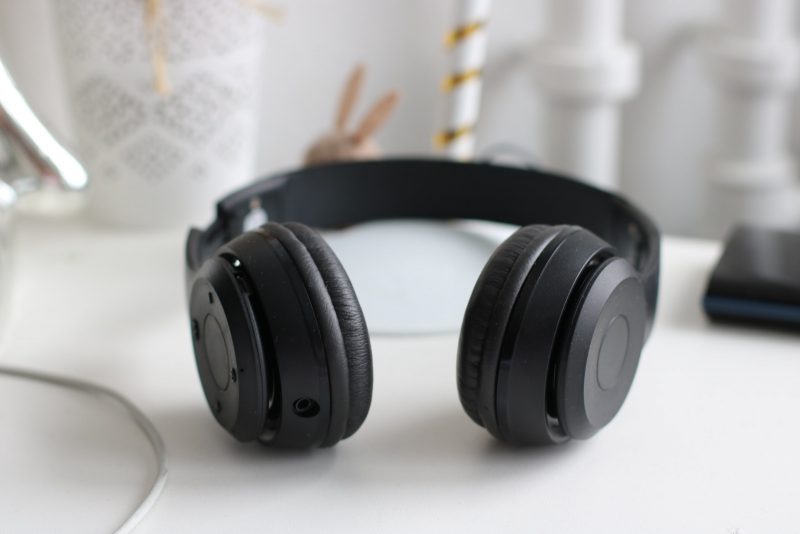The V-MODA Crossfade 2’s are the first and last stop on the road to premium durable headphones. Featuring award-winning sounds in both wired and wireless Bluetooth mode and unparalleled durability and comfort, these are headphones you won’t want to or ever need to take off.
Best Electronic Drum Headphones
Unveiling the top electronic drum headphones - from budget finds to premium sound quality. Elevate your drumming experience now!
